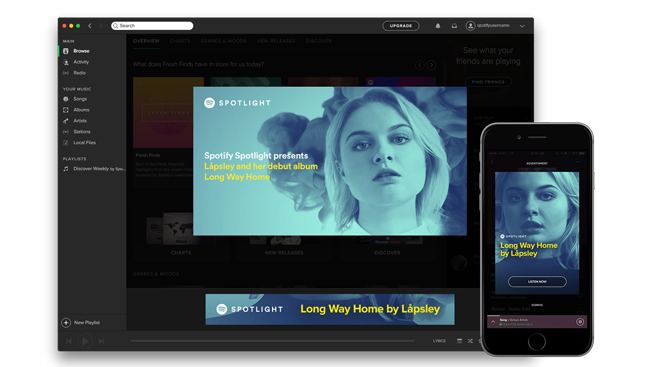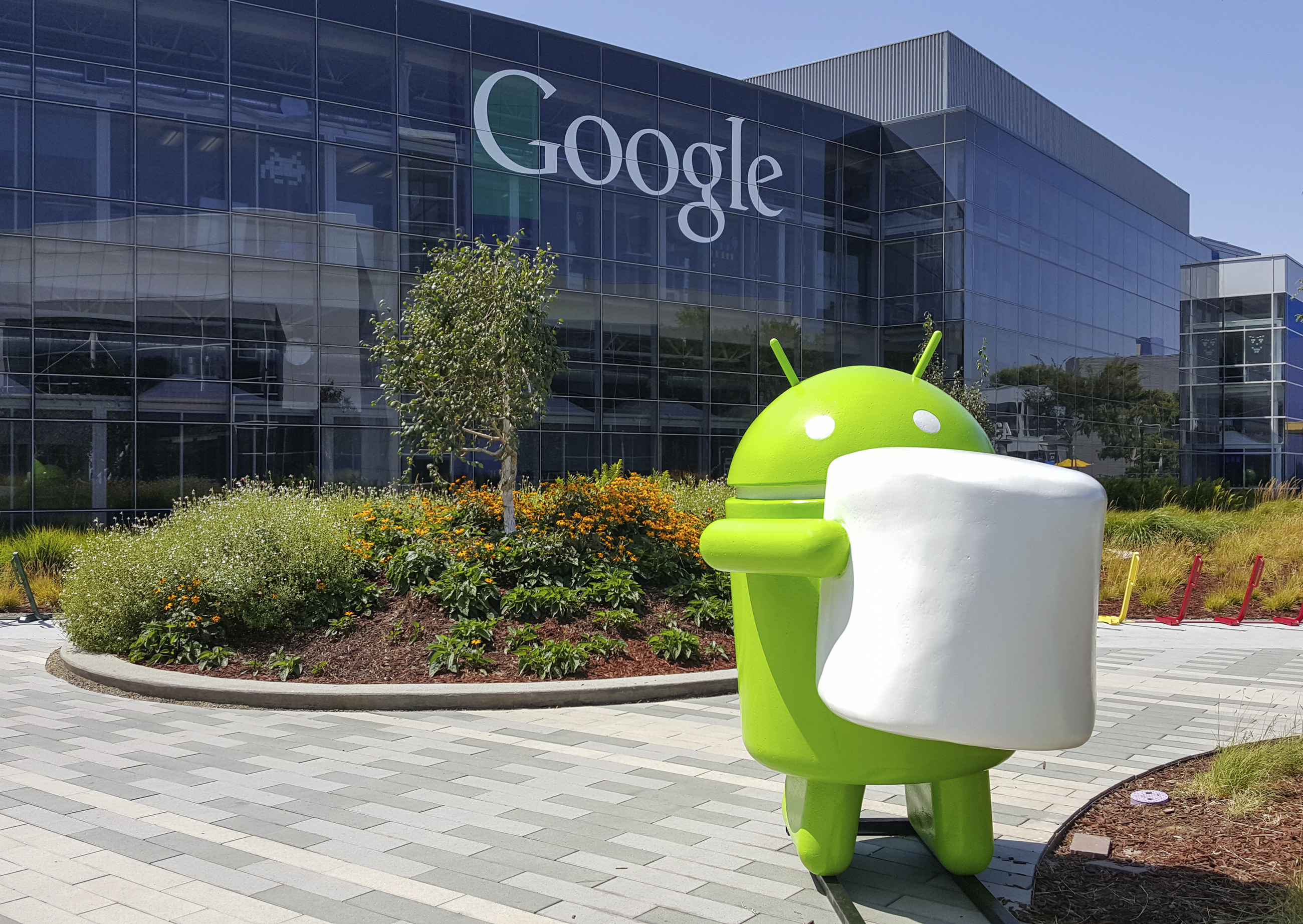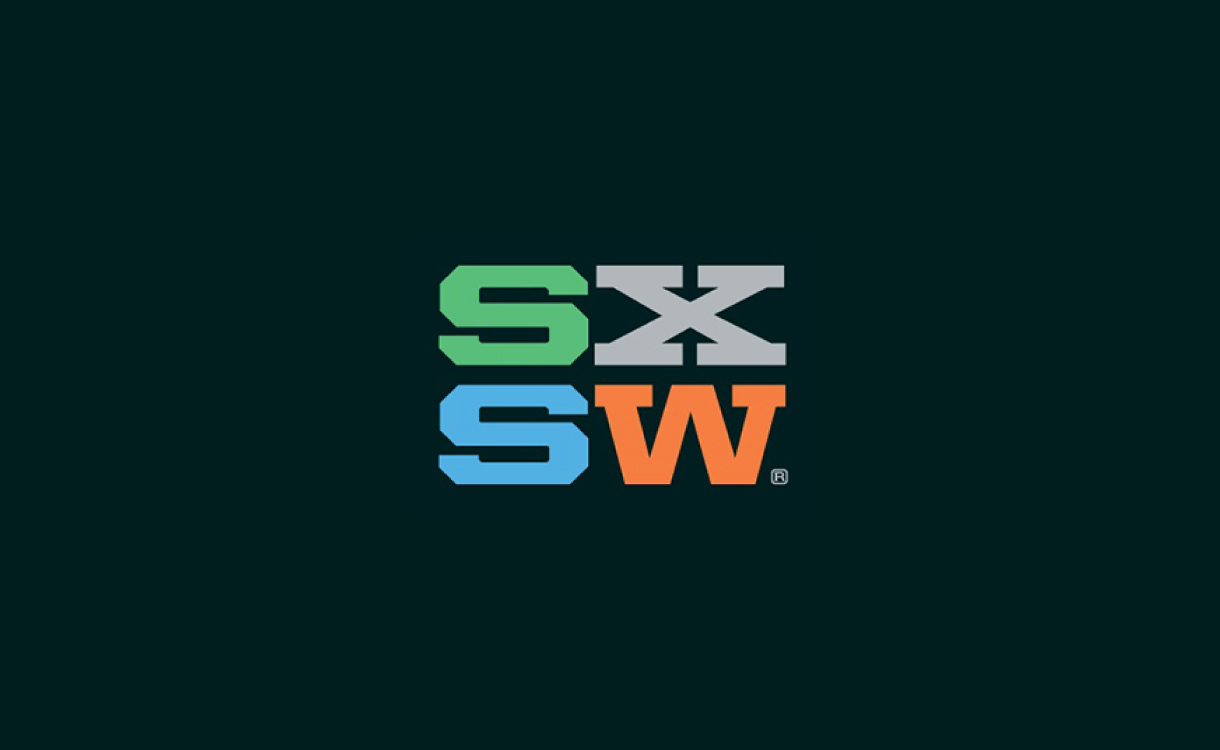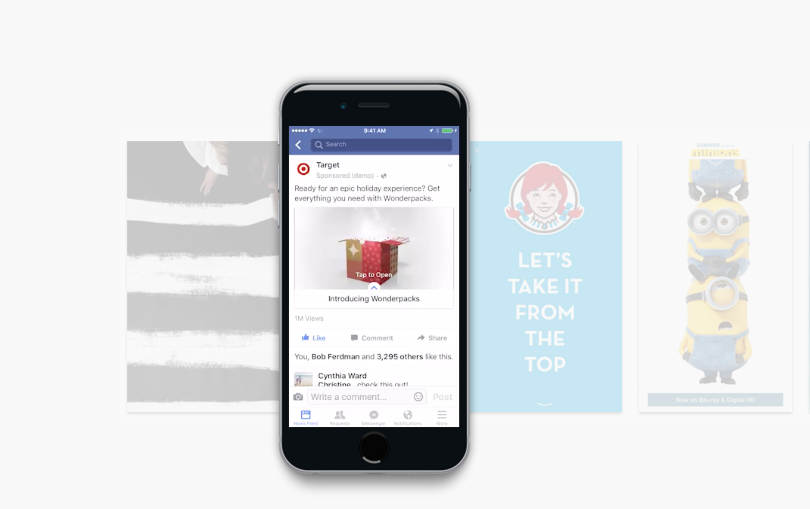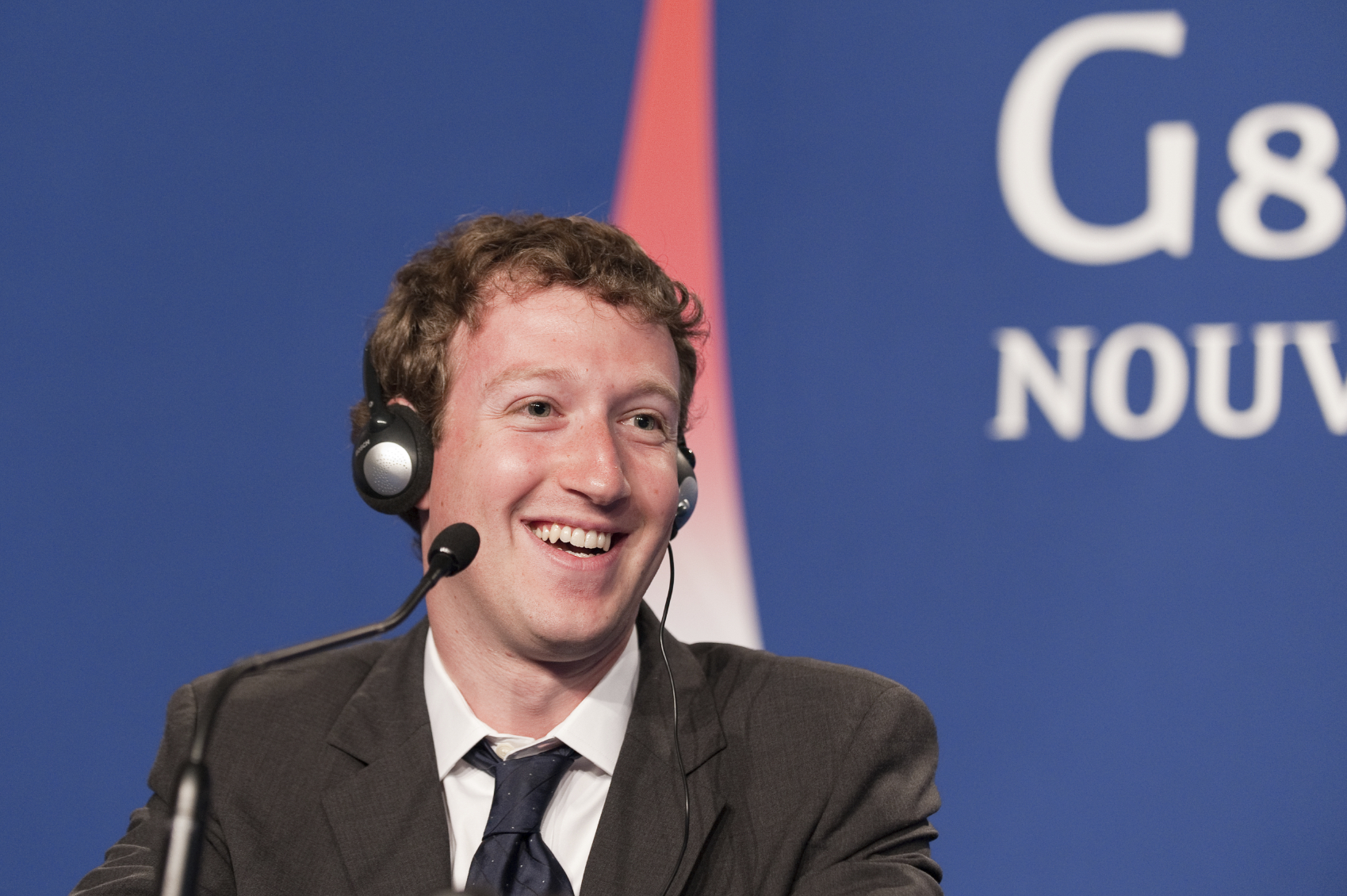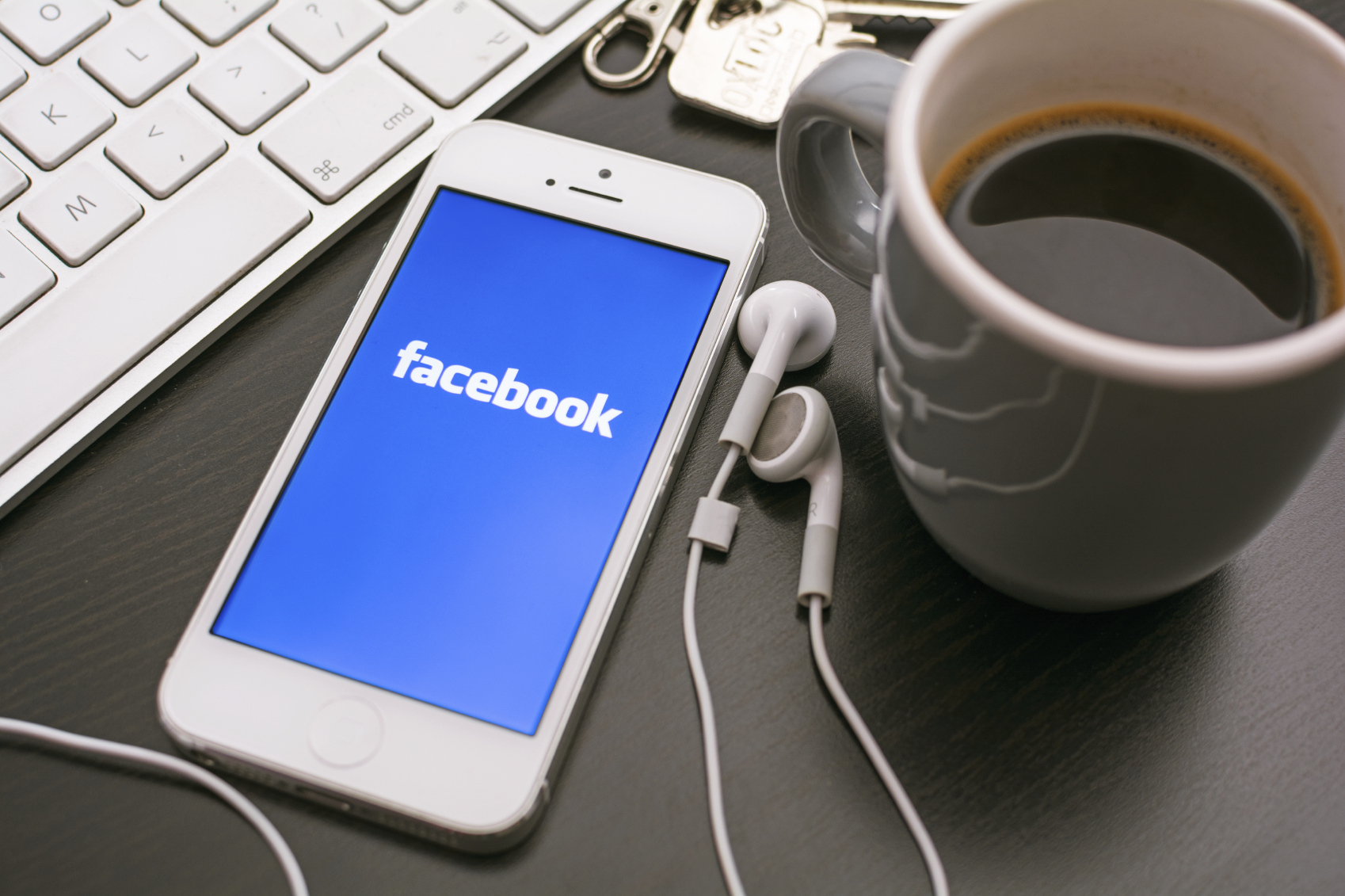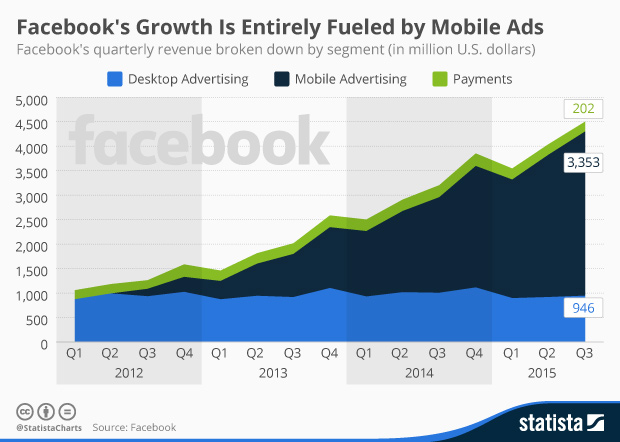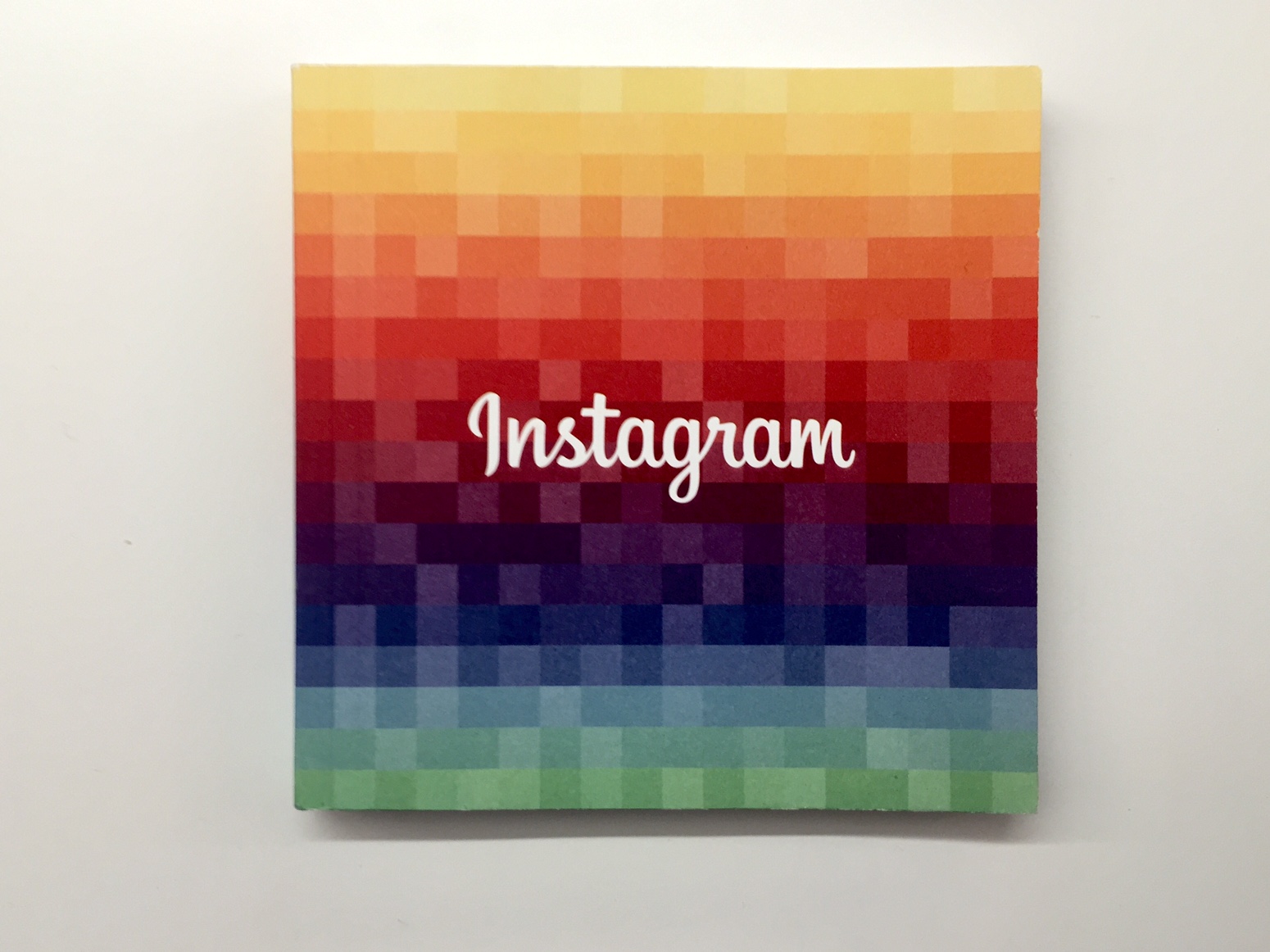What Happened
Snapchat made two moves this week to ramp up its ad efforts. On Wednesday, the popular photo messaging app started testing a new ad product that allows brand advertisers to attach branded articles containing text, images, and GIFs to their video ads in Live Stories and Discover channels. AT&T appears to be the first brand to try out this new product with a listicle of GIFs to promote its mobile live-streams for NCAA games. Earlier this week, Snapchat also updated its privacy policy to allow for ad targeting. Under the revised privacy policy, the Los Angeles-based company will be able to use customer data to customize ads going forward, increasing its capabilities for brand advertisers and catching up with the other large social networks.
What Brands Need To Do
Snapchat has been working on improving its ad products for the past few months. In February, the company struck a deal with Nielsen to bring some much-needed transparency to its ads. As Snapchat continues to diversify its ad products, brands will have better tools at their disposal to effectively reach the coveted demographics of young Millennials and teens on the app.
Source: Marketing Land & Digiday

